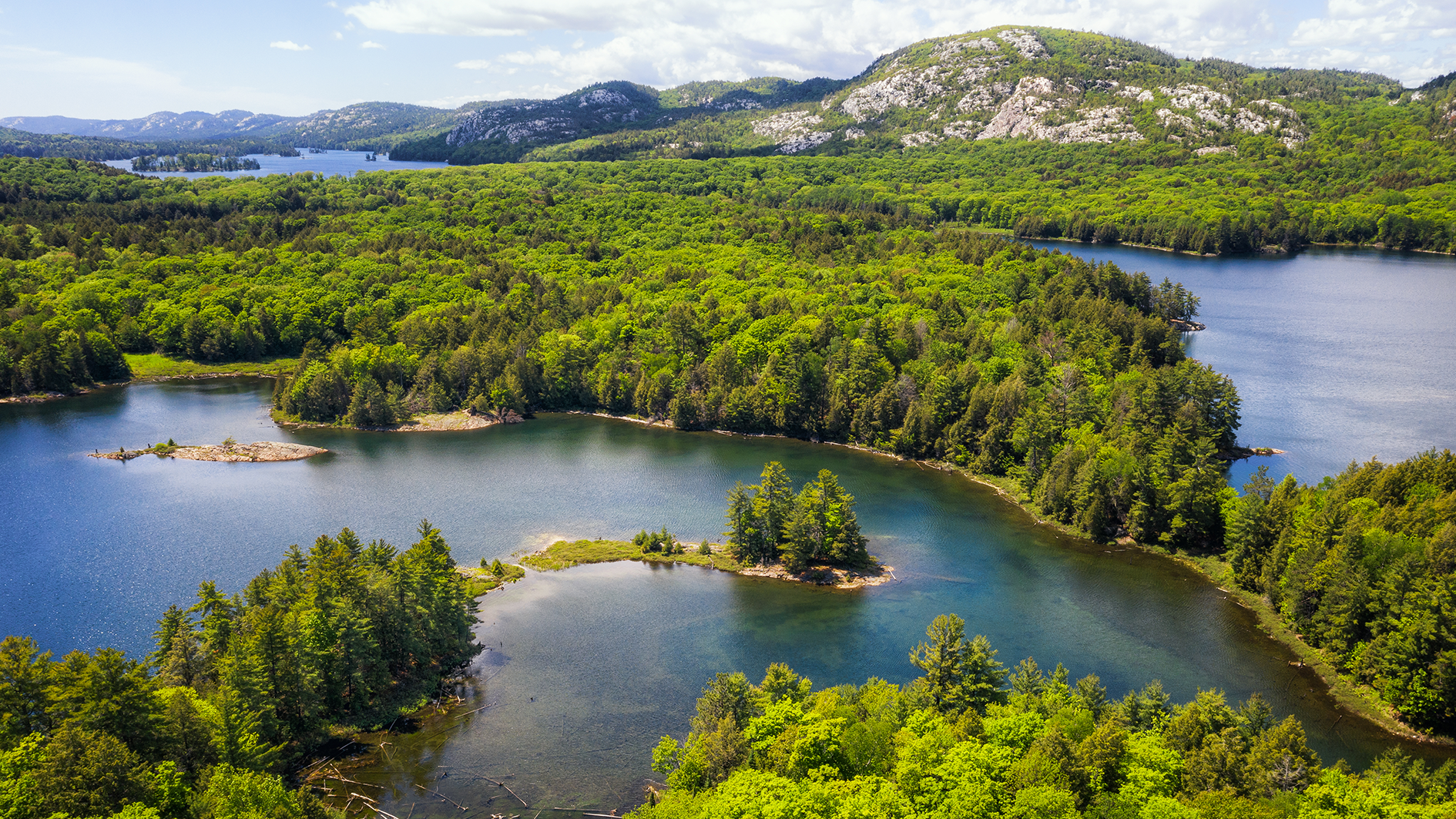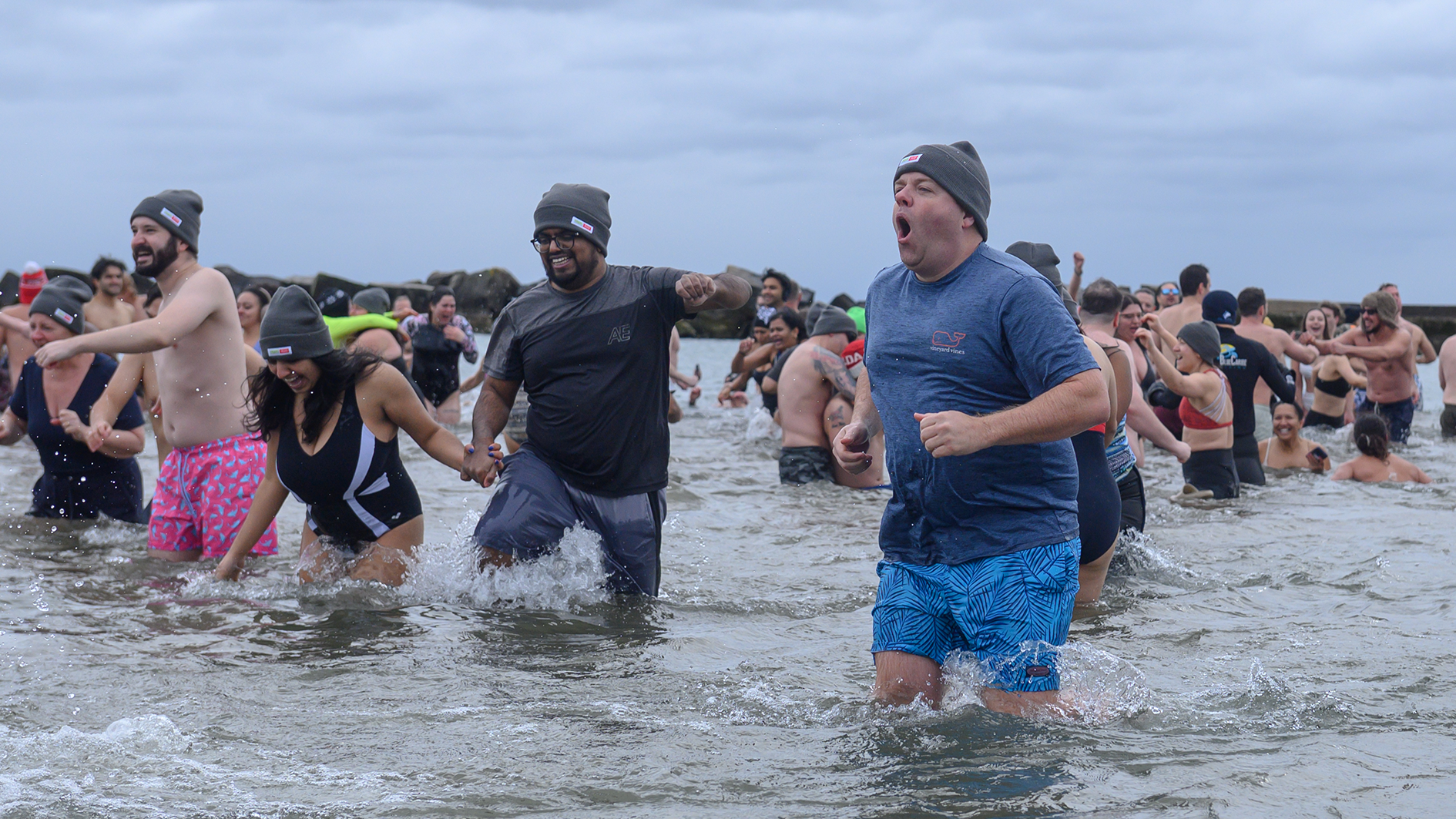Fancy a dip in the Great Lakes? You might think twice after scientists revealed 'highest reported worldwide levels' of microplastics found in some Great Lakes fish.
Scientists are urging the US and Canadian governments to step up testing for microplastics in the iconic lakes

Recent updates
This article was updated on March 18, 2025, to remove a headline that swimmers were at risk from 'highest reported worldwide' levels of microplastics and to clarify some statements in the report. The 'highest reported worldwide' levels reported were found in some Great Lakes fish, rather than the water itself.
Got a swim in the Great Lakes on your bucket list? You might want to think again, after scientists called for more monitoring of microplastics there in a new report.
The report found evidence of microplastics in Great Lakes water sources and fish, prompting concerns for wild swimmers, and people who might eat the fish. The microplastic levels in some Great Lakes fish were among the "highest reported worldwide", it said.
Microplastics are minute, often invisible to the eye, chunks of plastic that are toxic to humans. They have been linked to serious health issues like infertility, colon cancer, and poor lung function. Microplastics shed off anything containing plastic and are particularly common in highly populated areas. They can enter humans via ingestion, inhalation, and skin contact.
Levels of microplastics are particularly high in the most popular lakes, Michigan and Ontario, which attract regular visitors all year round.
The report said: "Microplastics are ubiquitous in all environmental media (e.g., water, sediment, biota, and beaches) in the Great Lakes basin, and they are especially concentrated in more populated systems such as Lakes Michigan and Ontario."
Now researchers from the International Joint Commission's Great Lakes Science Advisory Board are urging the US and Canadian governments to take immediate action over microplastics.

Neither the US nor Canadian governments regularly test for microplastics in the Great Lakes, as they do for mercury and other hazardous pollutants.
Advnture Newsletter
All the latest inspiration, tips and guides to help you plan your next Advnture!
The Great Lakes Science Advisory Board is urging both governments to begin regular coordinated testing immediately.
The report said: "Such monitoring is critical for quantifying microplastic sources and emissions and understanding their transport and fate in the Great Lakes."
The report calls for a new real-time pollution data system. Depending on whether the information is made public, this could potentially allow swimmers can make an informed decision about whether they feel it's safe to take a dip.
Spanning 94,250 square miles (244,106km2) across the United States and Canada, the Great Lakes are the largest freshwater lake system in the world, measured by surface area.
The five lakes are visited by millions each year and host a sprawl of wild swimming clubs and events.
- The best wild swimming spots: find the perfect place to take the plunge near you
- The best wild swimming gear: what to wear and what to take

Will Symons developed his love of the outdoors as a student, exploring every inch of Sussex’s South Downs national park and wild swimming off the Brighton seafront. Now a Staff Writer for Advnture, Will previously worked as a freelance journalist and writer, covering everything from cricket to ancient history. Like most Advnture staff, Will’s time is rarely spent indoors, he can often be found hiking, wild swimming or playing cricket.
